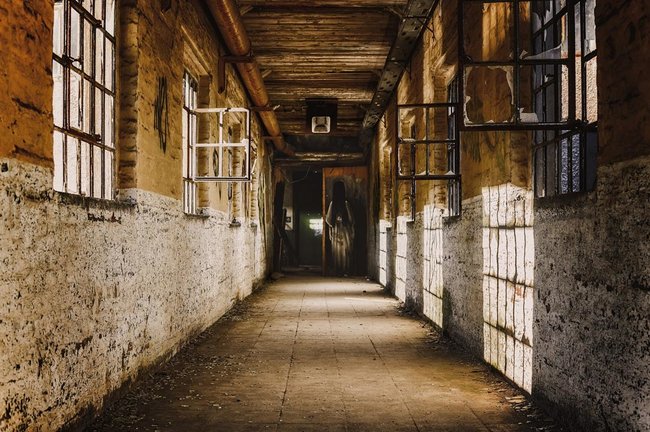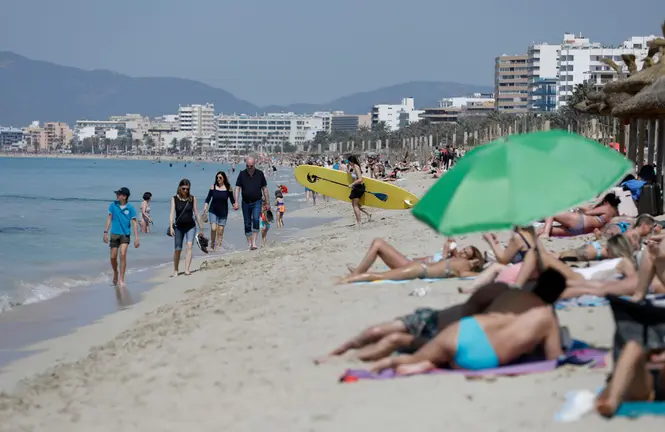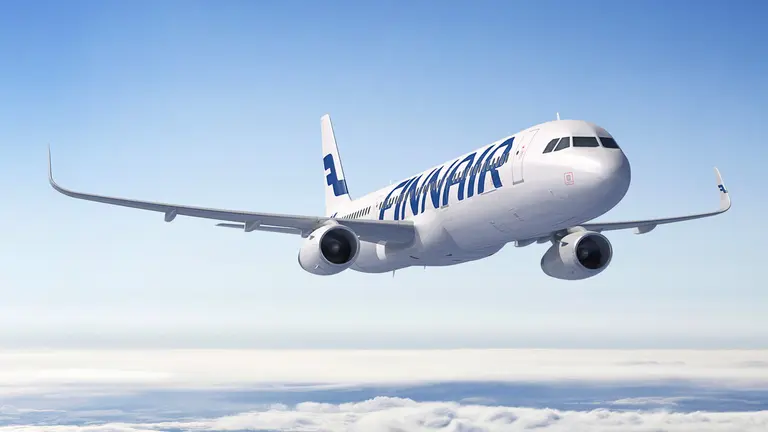There are still many unknowns to clarify about the Soviet Union, the gigantic socialist state whose existence dominated the politics of the twentieth century. However, one thing is certain: the USSR would never have been as it was if its founder Vladimir Lenin and his successor Joseph Stalin would not have met each other in December 1905 in the Finnish city of Tampere.
Together, both Bolshevik leaders started to plan the Russian Revolution that later changed the world history and also led to the independence of Finland. Since January 1946, in the very same rooms where that secret meeting took place is located the Lenin Museum of Tampere, the only museum dedicated to Lenin that still exists outside of Russia.
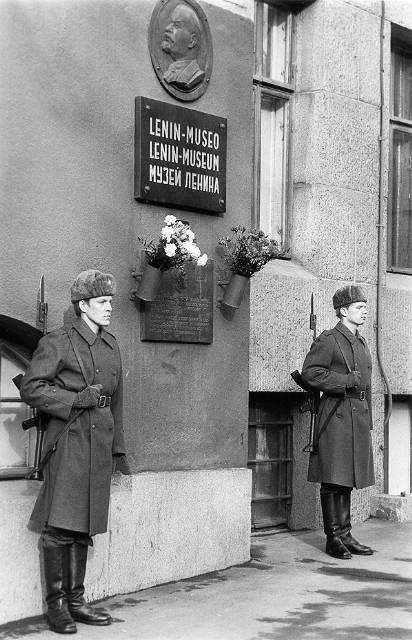
A place of cult
During the decades, this attraction built in the Worker’s House of Tampere has become somehow a ‘cult place’ to anyone interested in Russian history. As described in the Museum's website, this is a museum small in size but big in significance.
The history of the museum began in 1944, before the end of the Second World War. Finland and the USSR had just signed a peace treaty after the end of the so-called (in Finland) Continuation War.
At that historical moment, the Finnish political climate faced a substantial change: to ensure its survival, the country needed to promote good relations with the Soviets. And for this purpose was founded the USSR-Finland Society, whose branch in Tampere proposed to establish a museum to honour Lenin at the local Worker’s House as a gesture of goodwill toward the big neighbour.
The initiative received broad support among Finnish politicians, including Prime Minister J. K. Paasikivi. In autumn 1945, Johan Helo, president of the USSR-Finland society and Finnish Minister of Education, formed a delegation that presented the plans on the Lenin Museum to Stalin himself, who was delighted with the project.
In the years that followed its opening, the Lenin Museum of Tampere became an almost mandatory visit for politicians, soviet personalities and for thousands of tourists from the Soviet Union. In the 1970s it received more than 20,000 visitors per year and in 1975 there were more visitors from the USSR than from Finland.
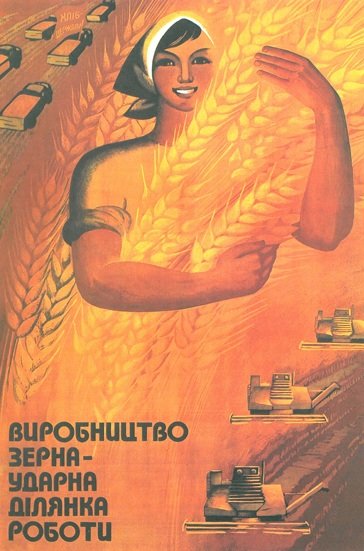
Illustrious visitors
Soviet leaders of the stature of Nikolai Bulganin, Andrèi Gromyko, Nikita Khrushchev and Leonid Brezhnev visited the museum when they were at the peak of their power. Also the cosmonaut Yuri Gagarin, the first man who travelled to outer space in 1961, visited the Lenin Museum of Tampere after his orbital flight.
The collapse of the USSR in 1991 caused the decline of all Soviet symbolism and even the Central Lenin Museum in Moscow was closed later in 1993. At that moment, the Lenin Museum in Tampere became the only of its kind operating in the world. Years later, the place gained interest among researchers and history fans.
During 2015 and 2016 there was a complete renovation of the museum spaces and a new exhibition was opened in the summer of 2016, which mainly explains the historical facts that led to the Russian Revolution.
It has also a shop, where you can buy Soviet souvenirs, posters, books, postcards, shirts, retro items and other gifts. The whole place is accessible to wheelchair users.
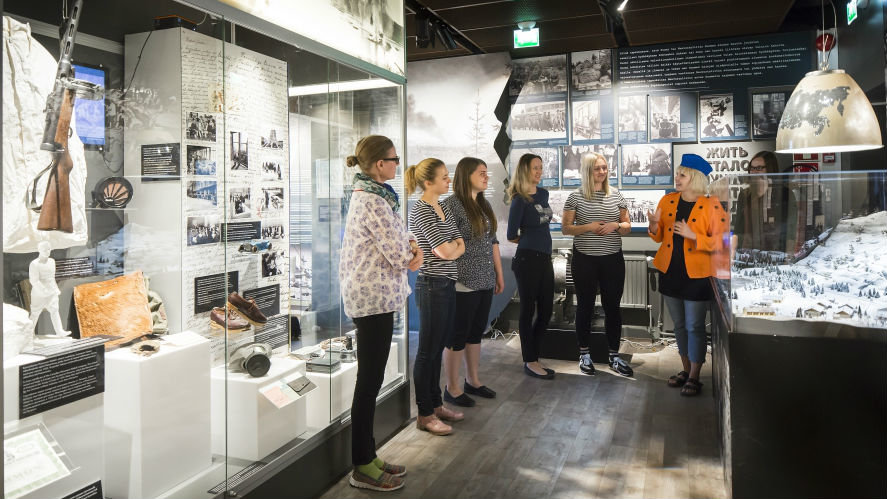
Today the Lenin Museum in Tampere constitutes a curiosity that attracts the attention of tourists from all over the world. And it is also a place of worship for those nostalgic for the Soviet Union, who visit it eager to breathe the air of the same rooms that hosted the first meeting of the Soviet founders.
How to get there
The Lenin Museum is situated in the Worker’s House in the city centre of Tampere at the cross street Hämeenpuisto and Hallituskatu.
The address is:
Hämeenpuisto 28
33200 Tampere
The opening hours
1.9.-31.5. Tue–Sun 11 am-5 pm
1.6.-31.8. Daily 11 am-6 pm
The price of the tickets
Adults: 8 euros
Students and seniors: 6 euros
Visitors under 18 years: Free
Video by: Työväenmuseo Werstas
All images used in this article provided by the Lenin Museum of Tampere.








